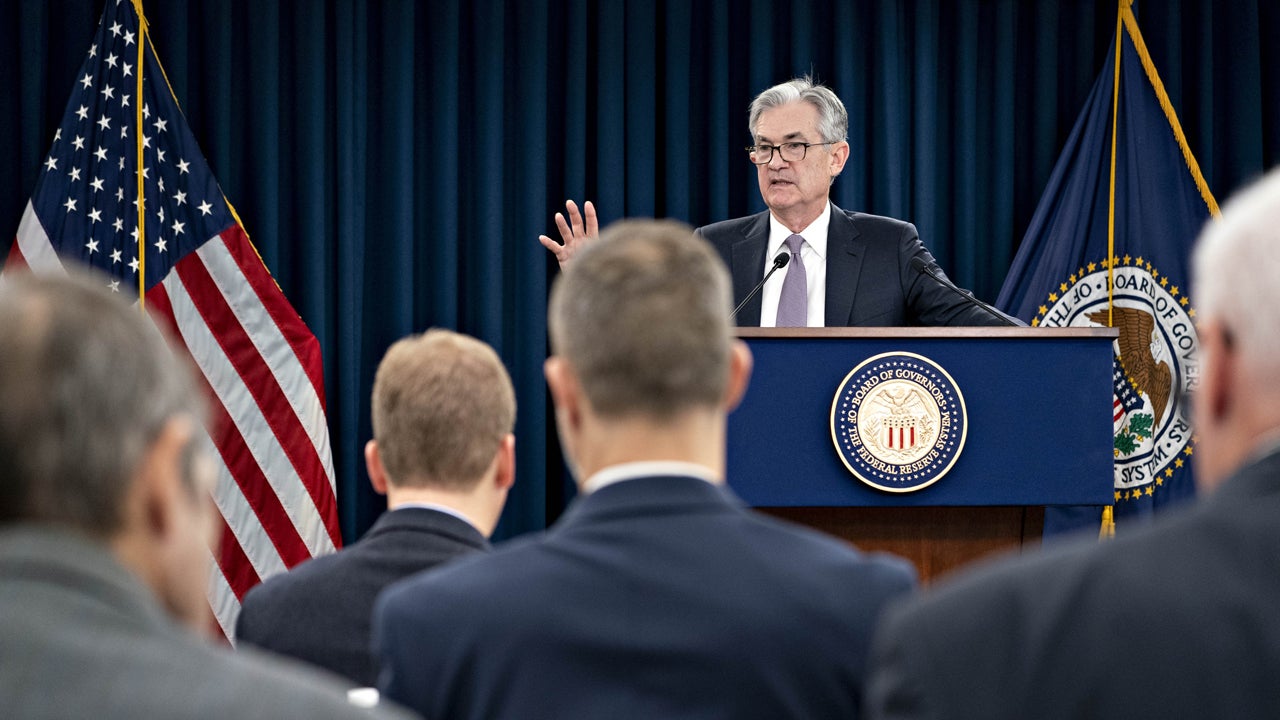Is the inflation fight going to end?
Just recently we’ve heard a number of officials, often from central banks, argue to the effect that defeating inflation with higher rates is more like a marathon than a sprint and, like a marathon, the last mile can be the toughest.

Those central banks that predict future policy rates, such as the FOMC members, are forecasting rate cuts even when they still predict that inflation will be above target.
>> Are some central banks considering lowering their rates?
What they mean by this is that the easy part of the inflation fight is over and now we’re into the hard part. Given that financial markets are anticipating rate cuts to start sometime in the spring/summer of next year for major central banks, there must be an assumption that either this last mile will not prove as hard as feared, or that central banks will go soft on their 2% targets.
Inflation has come down in G10 nations and pretty rapidly in most cases. This is due to a number of factors. In Europe, in particular, there have been some favourable base effects as the steep rises in energy prices, particularly gas, in the early stages of the conflict in Ukraine have not continued.
A second factor helping to reduce inflation is that energy prices have actually come down, again particularly in terms of European gas prices.
A third factor, which impacts other countries outside of Europe as well is that there has been a continued easing of the supply-chain pressures that date back to the pandemic.
A fourth factor is that policy tightening has reduced demand. For many G10 countries, this means that inflation has come down rapidly but, for most, inflation still lies well above the target (which is 2% for the vast majority). Moreover, progress on core inflation has clearly been less dynamic given the exclusion of the volatility in the energy-related components that we have seen in recent years.
Is this proof that the ‘last mile’ is going to be tough and, if it is, what’s making it tough? In the Standard Bank’s view, there are a number of factors that would seem to make it hard to squeeze the last bit of inflation out of the system. One of these is that inflation expectations have moved up in response to the actual rise in inflation and, while these expectations might start to retreat, they may be slow to do so. On this score it is worth noting as inflation expectations amongst consumers in the euro zone have started to edge back up even though actual inflation has been falling. Another factor is that tight labour markets are still giving workers decent bargaining power when it comes to wages. Again, we’d expect this pressure to ease as inflation comes down and labour markets loosen, but it could be slow to do so.
>> A tough time for central banks
Hence, there do seem valid reasons why inflation could get a bit stuck at levels that are above target. And yet, despite this, financial markets are still predicting that rate cuts could start in around six months’ time – for the ECB, at least. What underlies this prediction? Is it that inflation will fall to – or near to – target much faster than central banks expect? Or is it that markets sense that such weak growth lies ahead that central banks will fold even if inflation is still some distance from target?
Clearly we can’t be sure what the answer is. The Standard Bank suspects that it is probably a bit of both, but more likely the latter. Those central banks that predict future policy rates, such as the FOMC members, are forecasting rate cuts even when they still predict that inflation will be above target. History as well seems to tell us that central banks won’t wait to hit 2% before acting. This being said, the adjustment to its policy regime in 2020 saw the Fed switch to condition policy more on inflation outcomes than its forecasts, but many others suspect that this new regime has already been discredited by the fact that it was designed around the assumption that inflation risked being too low over time, not too high as we’re seeing right now.
Most probably, the key issue now is whether central banks act as they have in the past and start to ease “early”, or whether this time is different given the scale of the inflation challenge. The market assumes it will be like before but the clear risk in the Standard Bank’s view is that it will not be, and central banks will prove that the last mile is, indeed, the hardest by keeping rates higher for longer than the market is currently pricing.








